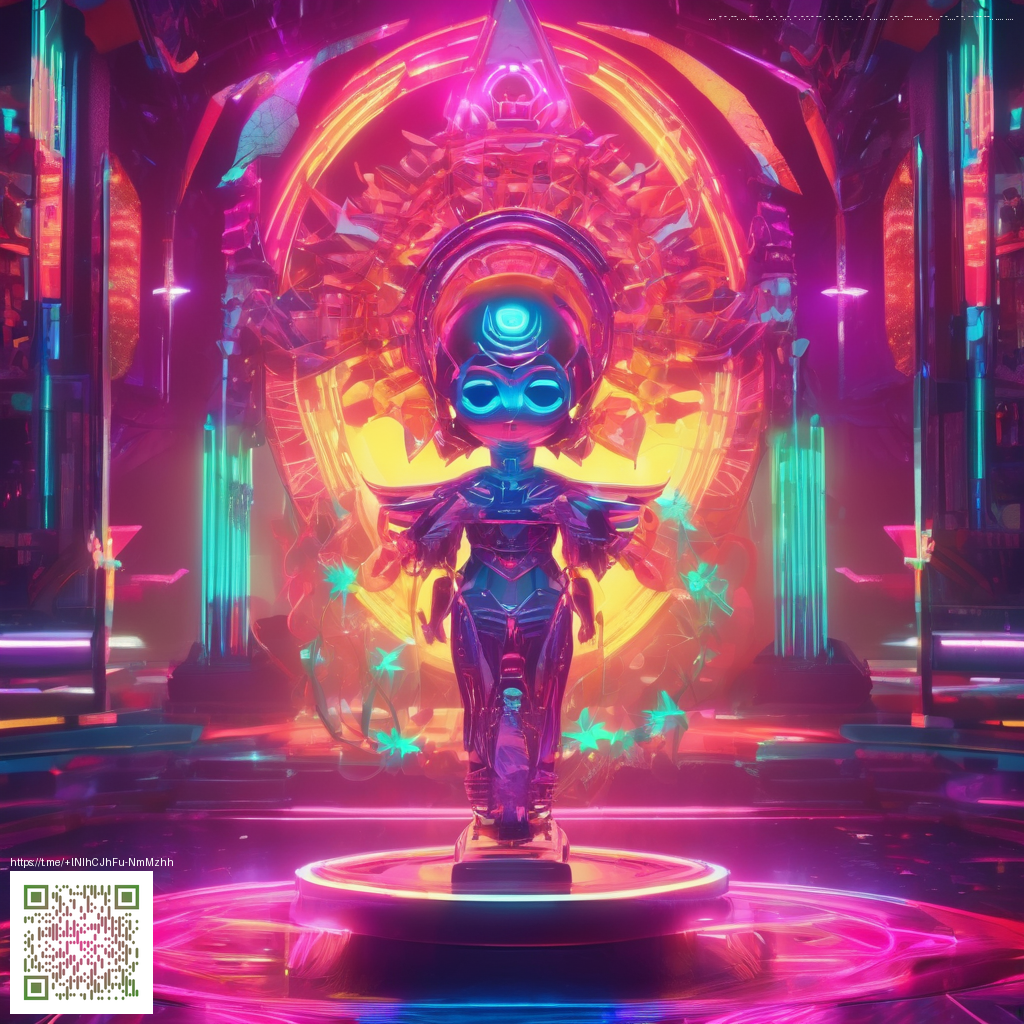
Beginner-friendly insights: Free Digital Paper Resources
If you’re just starting out with digital design, gathering high-quality paper textures and patterns can feel overwhelming. The good news is that there are plenty of free digital paper resources designed with beginners in mind. These packs often come in formats you can readily drop into your favorite editing software, and they cover a range of aesthetics—from subtle textures that mimic traditional grain to bold, seamless patterns perfect for promotional visuals.
What makes a great free paper pack for beginners
- Resolution and file types: Look for PNG or JPG textures at a minimum of 300 dpi if you plan to print, or 72–150 dpi for on-screen use. PSD or TIFF files are helpful if you want editable layers, but JPG/PNG packs work well for most online projects.
- Seamless tiling: Seamless patterns are incredibly forgiving for backgrounds and large canvases. If a texture tiles cleanly, you’ll save time when creating banners, social graphics, or product mockups.
- Color fidelity: Be mindful of color profiles. Free resources labeled in sRGB are typically the safest bet for consistent colors across screens.
- Licensing: Prioritize resources labeled for personal and commercial use. Even when free, licenses may vary—read the terms to ensure you can use them in client work or product visuals.
- Documentation: A quick readme or license file helps you understand usage rights and any attribution requirements.
Practical ways to use free papers in your projects
For a beginner, a simple workflow goes a long way. Start by testing textures on mockups—like website headers, social posts, or digital storefront banners—to see how a texture interacts with typography and photography. A light texture can add depth, while a bold pattern can serve as a strong brand signature. If you’re unsure, begin with a restrained palette and gradually introduce texture as you become confident with layering and blending modes.
“Texture is a language for visuals. Start with a few quiet textures, then build your vocabulary as you grow more comfortable with composition.”
As you experiment, you may find it helpful to track what works well with your color schemes. A quick note on tone: warm textures pair nicely with earthy palettes, while cool textures suit modern, minimal layouts. Keeping a small library of starter textures and patterns will accelerate your future projects.
Bringing digital papers into your toolkit
If you’re curious how textures translate to real-world products, you can explore related items that demonstrate different finishes. For instance, a Slim Glossy Phone Case offers a tangible sense of gloss and depth, which can influence how you curate textures for product photography and marketing visuals. And for inspiration on where free assets live and how others organize them, you might explore a public gallery at this page: https://zircon-images.zero-static.xyz/999855d0.html.
Starting with a deliberate, beginner-friendly approach helps you avoid texture overload. Focus on three to five core papers to build your initial toolkit. As your confidence grows, you can expand into themed packs—seasonal textures, metallic overlays, or watercolor-inspired papers—to keep your designs fresh and engaging.
Quick-start plan for today
- Identify a few free paper packs with clear licenses (personal and commercial-friendly).
- Test each texture on a blank canvas to gauge its impact with your typography and imagery.
- Save your favorites in a labeled folder, organized by texture type (grain, pattern, watercolor, etc.).
- Pair textures with a simple color palette and contrast test to ensure readability.
Similar Content
Explore more resources from this page: https://zircon-images.zero-static.xyz/999855d0.html